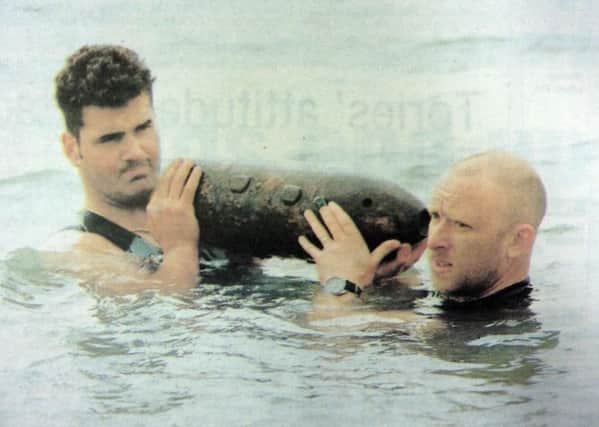THIS WEEK IN 1995: Second World War bomb legancy haunts the South


Half a century after the end of the Second World War, the navy’s Portsmouth clearance diving unit had rarely been busier dealing with its aftermath.
In 1994 the team based at the Gunwharf site of HMS Nelson dealt with 46 ‘significant incidents’ involving the debris of war – mines, torpedoes, depth charges, bombs and shells – the highest number in 10 years.
Advertisement
Hide AdAdvertisement
Hide AdAnd in 1995 they revealed 75 per cent of the estimated 250,000 mines laid around the coast of Britain between 1939 and 1945 were still unaccounted for.
Lieutenant Peter Harrison, the officer in charge of the Portsmouth area clearance diving unit, said: ‘The number of mines we are dealing with shows how many there are still around.
‘We are going to have this legacy around for a long time.’
Much like today, the wartime weapons were found on beaches, hauled up by fishing nets or disrupted by dredgers.